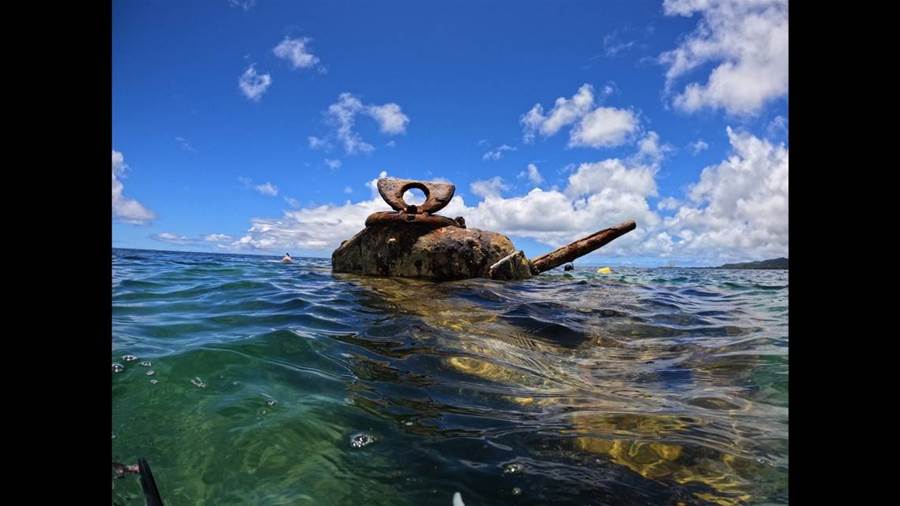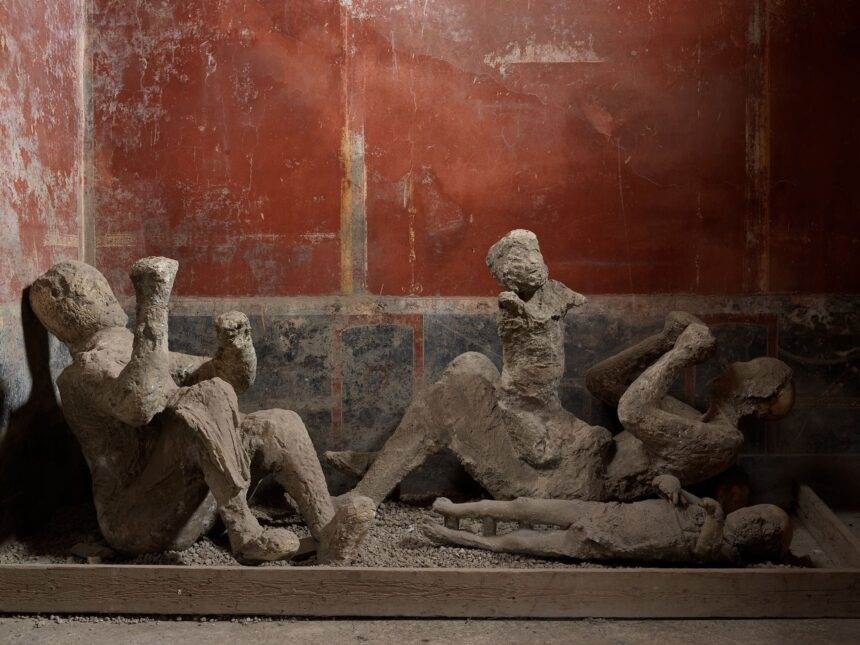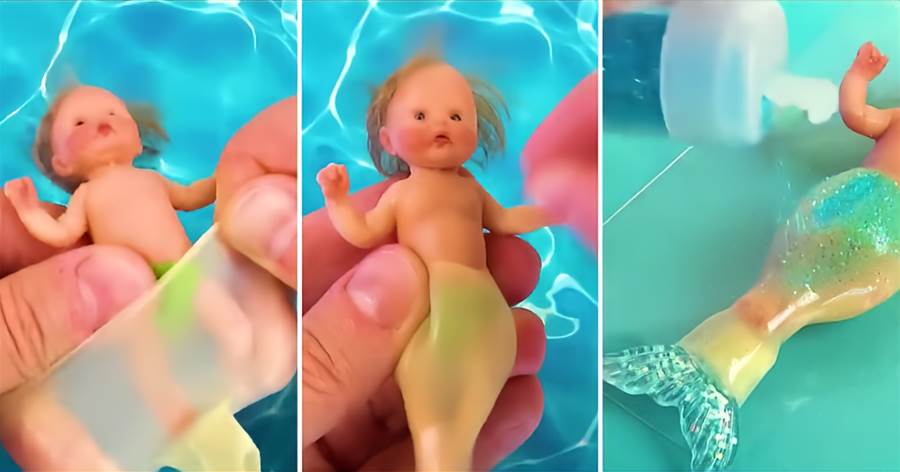
Remarkable WWII Finds in the Pacific: Sunken Battlefield Uncovered Off Saipan
The Battle of Saipan, one of the most critical moments of World War II, has left behind an extraordinary underwater battlefield, nearly 80 years later.
Researchers, using advanced technology, have recently uncovered a wide array of military relics on the seafloor off the coast of Saipan in the Northern Mariana Islands. These discoveries range from shipwrecks and planes to amphibious vehicles and tanks, all remnants of the brutal conflict between Japanese and U.S. forces during the summer of 1944.
Among the most intriguing finds is a U.S. PBY Coronado seaplane resting in 80 feet of water, outside Saipan’s barrier reef.
This aircraft, once known only to a few local divers, had never been documented archaeologically until now. The plane's wreckage, complete with bullet holes, tells a chilling story of the catastrophic events that took place during the battle. Further exploration of the area has revealed intact amphibious vehicles, such as LVTs (Landing Vehicle Tracked), some modified in battle, as well as tanks and wrecked ships.

What makes Saipan’s seafloor battlefield so unique is its pristine condition compared to other Pacific WWII sites. While many land-based battlefields have been affected by development or natural wear, this underwater site remains well-preserved, offering a rare glimpse into the past. The diversity of artifacts—ranging from Japanese and U.S. aircraft to landing craft and tanks—sets Saipan apart from better-known sites like Pearl Harbor, which primarily features U.
S. shipwrecks.
The Battle of Saipan was a pivotal moment in the Pacific War, with U.S. forces launching a massive amphibious invasion to secure a strategic foothold against Japan. The battle was fierce and costly, with nearly 3,000 U.S. troops and over 30,000 Japanese soldiers lost. Today, the wreckage scattered across the land and sea provides a visual narrative of this brutal conflict. The submerged Sherman tanks, for example, symbolize the relentless advance of U.
S. forces, while the Japanese landing craft serve as reminders of desperate counterattacks that ultimately failed.

While the research team has made significant discoveries, much of Saipan’s underwater battlefield remains unexplored. New technologies, such as AI and lidar, are helping to locate previously unknown sites, offering hope that more WWII relics will be uncovered.
However, the preservation of these artifacts faces challenges. Divers and natural elements, such as storms, are slowly eroding these historical treasures. Researchers have raised concerns about the impact of tourism on these fragile sites, noting instances of divers disturbing artifacts, such as the removal of a ship’s steering wheel.
With ongoing efforts to map and conserve Saipan’s underwater relics, the battlefield remains a vital historical resource. Experts hope to turn these discoveries into a living museum, where future generations can learn about the battle that shaped the course of the Pacific War.
As research continues, it’s clear that the seafloor off Saipan holds many more secrets, waiting to be uncovered.

What do you think of these incredible finds? Could underwater battlefields like Saipan's provide a new way to experience and understand history? Let us know your thoughts!



















